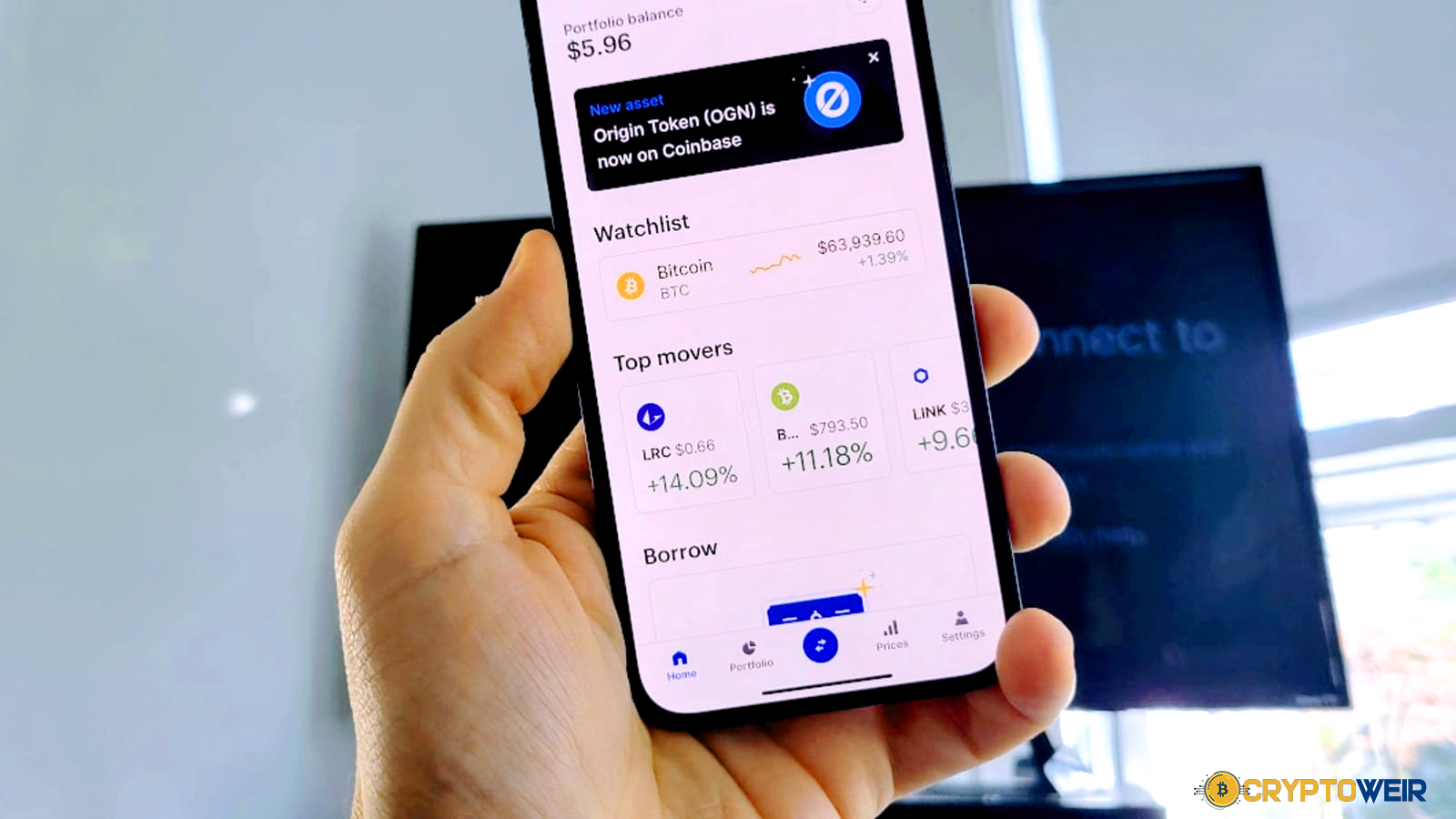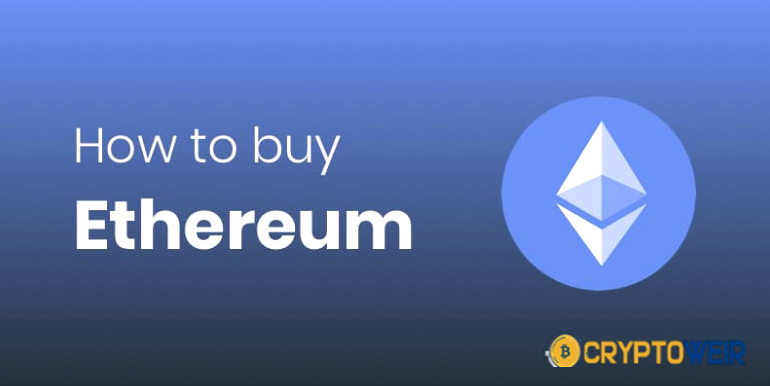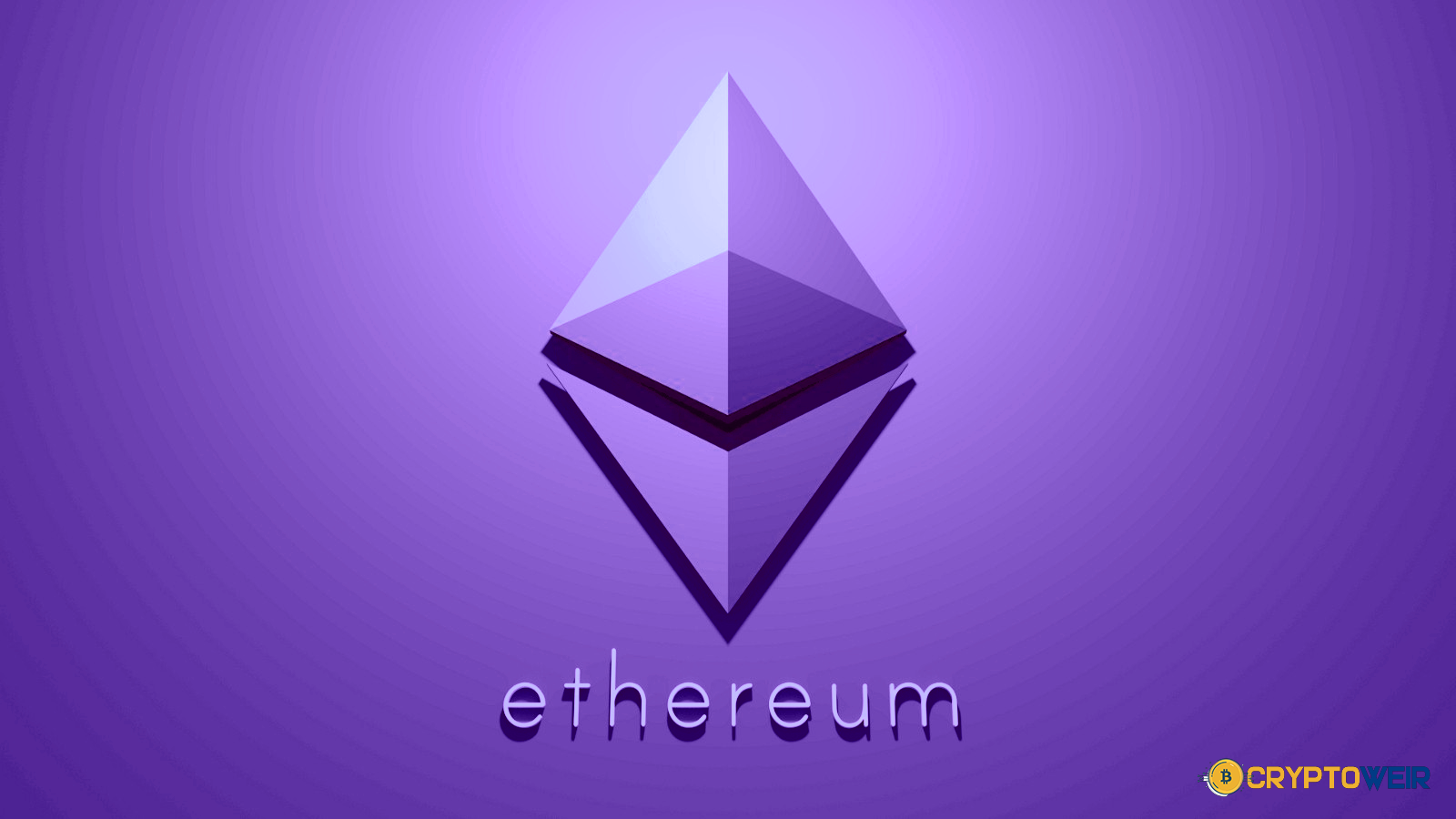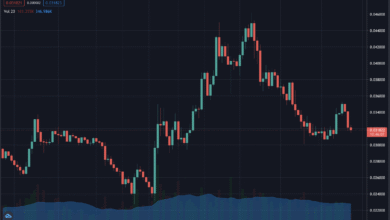ETH at a Crossroads: $4K Dip or $5K Breakout Ahead?
In-depth Ethereum price analysis for September 2025: will ETH slide toward $4K or break to $5K? We unpack catalysts, risks, and key levels traders watch.

The Ethereum price narrative in late 2025 feels like a stretched rubber band: momentum is strong, but tension is palpable. After a year defined by structural upgrades, surging institutional access via ETFs, and a renewed focus on scaling, ETH sits near a psychological pivot where a swift move to $5,000 feels as plausible as a shakeout toward $4,000. Traders are reading the tape; builders are shipping; and policymakers are, at long last, codifying frameworks that let traditional Capital flow in with fewer frictions.
Under the hood, the network looks different from what it did a year ago. Fees on Layer-2s have compressed thanks to Dencun’s proto-danksharding, while subsequent steps on the roadmap have tightened the scaling flywheel. Meanwhile, spot Ethereum ETFs have normalised institutional exposure, and increasingly, staking-related conversations are entering the mainstream. Each of these developments matters for the ETH price, not because any one headline guarantees a moonshot, but because together they form a tug-of-war between adoption tailwinds and macro caution. Recent bank desks now publish explicit targets for Ethereum, and developer timelines for the next wave of scaling adjustments tune the liquidity narrative every week.
In other words, ETH is at a genuine crossroads. Below, we break down the market structure, on-chain currents, macro crosswinds, and the upgrade calendar likely to decide whether we first tag $4,000 or sprint toward $5,000.
Market Structure: The $4K–$5K Battleground
From a pure tape-reading perspective, the Ethereum price has carved out a wide yet well-defined range. $4,000 is the magnet below—round, sticky, and packed with prior open interest. $4,600–$4,800 has acted as a pivot where rallies often pause and sellers test conviction. And $5,000 is the clean breakout line—an area dense with stop orders and momentum triggers. A close above $5K on convincing volume would force systematic buyers, from trend-followers to delta-hedging desks, to re-risk; conversely, a failure at the threshold risks a fast mean-reversion into the mid-$4Ks.
What gives this zone its bite is the interplay between derivatives and spot ETF flows. Futures basis has oscillated as ETF demand waxes and wanes, and options dealers hedge aggressively near the round numbers. The effect is a coiled spring: either ETH clears resistance and gamma accelerates upside, or spot sellers lean in and a long-liquidation wave tests $4K support.
Catalysts That Could Propel ETH Price to $5K
One reason bulls remain loud: a clearer institutional lane. Spot Ethereum ETFs have translated crypto-native conviction into traditional wrappers, letting pensions, RIAs, and corporate treasuries gain exposure without operational overhead. Large issuers have been steadily adding ETH for their funds, reinforcing a background bid that didn’t exist in prior cycles. Should net inflows persist, they can torque the ETH price through resistance simply by absorbing supply on dull days and amplifying momentum on strong ones.
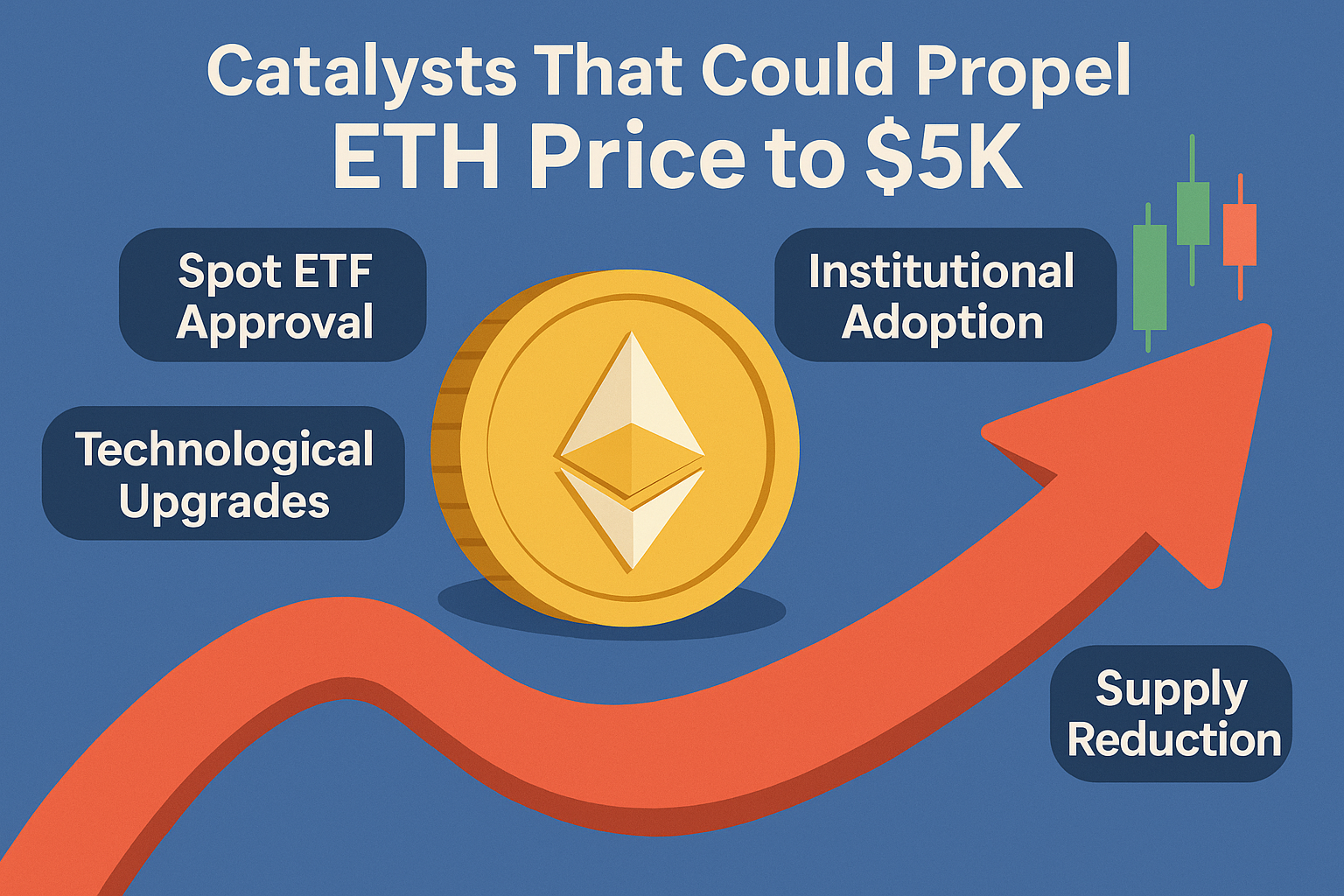
Second, the upgrade cadence keeps the story fresh. After Dencun introduced blob transactions to slash L2 data costs, developers shipped Pectra on mainnet in May 2025, and now the community is preparing the next phase—Fusaka—with planned blob-capacity boosts via “BPO” forks. The narrative is straightforward for allocators: recurring, tangible throughput improvements attract users and builders, expanding fee revenue and, eventually, justifying higher valuations. Each successful rollout removes execution risk and advertises Ethereum’s long-term moat.
Finally, a more permissive regulatory climate for digital-asset funds—plus rumblings about staking functionality potentially coming to ETF structures—keeps a steady drip of “new demand vectors” in the discourse. If ETFs ever include staking yield in a compliant way, that could become a structural tailwind by converting passive holders into yield-bearing participants without friction. Even the possibility shifts how institutions model the total return profile of the ETH.
Risks That Could Drag Ethereum Back to $4K
Bears aren’t out of arguments. First, macro. If global risk assets wobble—think rising real yields, a growth scare, or tightening liquidity—beta assets like ETH tend to de-risk faster. Bank desks modelling scenarios for year-end explicitly flag a range of outcomes, from constructive to mid-cycle drawdowns, which could knock the Ethereum price into the low-to-mid-$4Ks even without any chain-specific issues.
Second, issuance dynamics remain debated. The post-Merge burn+issuance math is sensitive to gas prices and L2 throughput. When network activity cools or L2S keep data cheap, the burn can undershoot issuance, tilting supply slightly inflationary. While not thesis-breaking, it interrupts the “ultrasound money” meme and gives valuation hawks ammo during soft patches. The nuance: supply isn’t the only driver—usage, fees, and discount rates matter more—but supply chatter can still weigh on sentiment at key levels.
Third, upgrade execution always carries tail risk. Although Ethereum’s client diversity and testnets have matured, any misstep around blob capacity changes or client inconsistencies could trigger temporary network instability—or create “wait-and-see” hesitation among enterprises. That kind of pause can sap momentum right at the moment bulls need a clean $5K break.
On-Chain Currents: L2 Activity, Fees, and Staking
The ETH price increasingly rides the fortunes of Layer-2s. Cheap blob storage means rollups can process more transactions at a lower cost, improving the user experience across DeFi, NFTs, gaming, and social. Sustained activity funnels fees back to L1 via calldata and blob usage; elevated activity means more burn; and more burn tightens net issuance. The flywheel is simple but powerful when it spins, and it spins best when consumer-facing applications hit product-market fit. The result is a price-positive tilt when L2 throughput is rising, and a neutral-to-negative drift when it stalls.
Staking remains the quiet backbone. As more ETH is staked, the free float shrinks and the asset looks more “bond-like” to allocators who prize yield plus upside. That framing matters if ETF and custodian products begin to integrate staking-aligned structures; it could broaden the buyer base from pure beta seekers to total-return investors who benchmark against fixed income. The exact mechanics are still evolving, but the direction of travel is clear—and supportive.
Macro Crosswinds: Liquidity, Rates, and Risk Appetite
No Ethereum price analysis is complete without a macro lens. Crypto thrives on abundant liquidity and tolerates tightening poorly. If real rates drift higher and the dollar firms, long-duration risk assets can compress. Conversely, any pivot toward easier financial conditions—or even a softening labour market that cools rate-hike bets—tends to loosen risk budgets. In practice, this means ETH at a Crossroads can break $5K on a decent macro breeze if micro tailwinds (ETF inflows, upgrade milestones) are already pointed the right way. The tricky bit is path dependency: a wobble first, then a rip, is as likely as a straight-line rally.
Institutional research mirrors this ambivalence. Some houses publish cautious end-of-year targets near $4,300, while others propose scenarios that run well beyond $5K if adoption metrics inflect. The spread in targets is a reminder: the band between $4K and $5K is not an opinion—it’s a volatility funnel shaped by fundamental disagreement among sophisticated players.
Upgrade Roadmap: From Pectra to Fusaka and Beyond
Why do upgrades matter for price? Because they compress the “adoption discount.” Pectra’s successful activation in May 2025 demonstrated Ethereum’s ability to land a large bundle of EIPs safely on mainnet, while Fusaka aims to increase blob capacity through parameter-only forks after a planned December activation. More blobs means cheaper L2 data, which lowers end-user costs and broadens what developers can build profitably. Each milestone reduces execution risk and raises the ceiling on throughput—inputs that institutional models translate into higher long-run cash-flow potential from fees. In markets, fewer unknowns usually mean higher multiples.
ETF Dynamics: The New Structural Bid
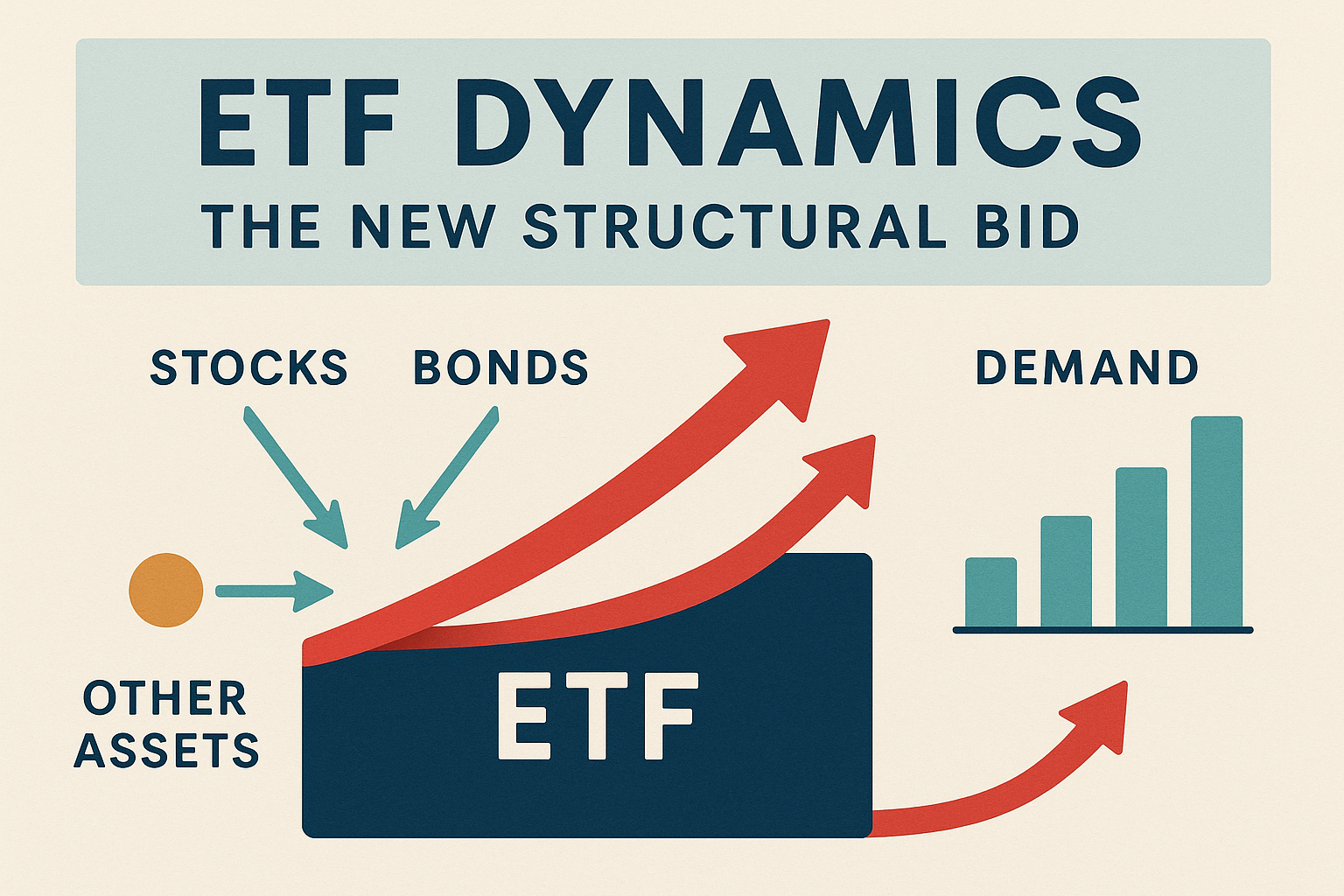
The launch of spot Ethereum ETFs changed the tape. Prominent asset managers can now accumulate ETH within regulated vehicles, creating a bridge for retirement accounts, wirehouse platforms, and corporates. Even modest weekly net inflows can tilt the balance in a range-bound market, especially when shorts are crowded near round-number resistance as regulatory bodies formalise standards for digital-asset funds—and as multi-crypto or staking-enabled products inch closer, the pool of potential buyers widens. For price, the result is a higher probability of “drift-up” days that, over time, help crack significant levels like $5,000.
Technical Picture: What Would Confirm the Breakout—or the Breakdown?
To the upside, bulls want a decisive daily close above $5,000 with expanding spot volumes and contained funding. Ideally, that break comes with calm bases on L2 throughput and stable or improving on-chain fees—signs that usage is accompanying speculation. A follow-through toward $5,400–$5,600 would suggest the breakout is genuine, not just a hunt for stops.
To the downside, a rejection at $4,900–$5,000, followed by accelerating liquidations, opens a fast lane to $4,400, with $4,000 as the line in the sand. Watch for weakening ETF net inflows, stubbornly negative funding, and a lull in on-chain activity; those are the conditions where sellers can press their advantage. None of this is fate—it’s a map for how ETH might travel between today’s price and the two headline levels traders obsess over.
Fundamental Valuation: Beyond the Meme of “Number Go Up”
Even die-hard technicians should admit that Ethereum’s value accrues as usage and security rise. Fees are the lifeblood; scaling is the circulatory system. The more the network can host real economic activity—settlement for rollups, tokenised assets, payments rails for stablecoins—the more cash-flow-like metrics matter in price discovery. The upgrades discussed earlier are not just technical curiosities; they are levers that can lift fee sustainability while trimming user costs. Pair that with regulated access via ETFs, and the ETH price narrative looks less like a speculative bubble and more like an emerging, cash-generating internet substrate.
One caveat: narratives about deflationary supply are only as strong as activity levels. When gas is subdued, net issuance can drift positive, dulling the scarcity argument. That’s not fatal to valuation—just a reminder to root bullish cases in usage, not strictly in burn math.
Verdict: Crash to $4K or Rocket to $5K?
Here’s the honest take. If the macro environment remains benign and ETF flows remain net positive, while Fusaka milestones are met on schedule, the path of least resistance is a gradual increase followed by a surge through $5,000. That move wouldn’t be purely speculative; it would be grounded in steady demand from traditional vehicles and a credible roadmap that keeps slashing frictions for end users. If, however, risk assets wobble and on-chain activity stalls, the same structural forces can flip, with thin liquidity exaggerating moves back toward $4,000.
Practically, that means the Ethereum price is likely to keep coiling in a narrowing band until one of those forces asserts itself. Traders can respect the range; builders can keep shipping; allocators can scale in with the awareness that the next $1,000 move is more path-dependent than ever. The deciding vote will come from a blend of ETF net flows, upgrade execution, and macro liquidity. Right now, that blend tilts slightly bullish—but with respect for the $4K magnet and the gravity it exerts on euphoric days.
Conclusion
Ethereum has matured from a speculative science project into a programmable settlement layer with institutional wrappers and a rolling cadence of performance upgrades. That evolution doesn’t immunise ETH from volatility; it contextualises it. A clean break above $5,000 would be a statement about product-market fit for rollups, continued ETF adoption, and disciplined execution by core developers. A dip toward $4,000 would be a reminder that macro still matters and that the burn-issuance dance remains sensitive to activity.
Either path is credible. What’s changed is that a growing share of the market now treats the Ethereum price as a function of real cash flows and regulated access rather than purely reflexive speculation. As long as that frame holds, pullbacks look like opportunities for believers in the network’s long game—and breakouts look less like miracles and more like milestones on an adoption curve.
FAQs
Q: Is ETH still “ultrasound money,” and does it matter for price?
Net supply has oscillated around flat since the Merge, turning slightly inflationary when fees drop. It matters at the margins, but usage, fees, and access via ETFs are larger drivers for the ETH price over multi-month horizons.
Q: How vital are spot Ethereum ETFs to a $5K breakout?
They provide a steady, regulated demand source. Sustained net inflows can tip the balance at significant resistance levels, turning slow grinds into decisive breaks above $5,000.
Q: Which upgrades should traders watch next?
After Pectra in May 2025, the community is targeting Fusaka with blob-capacity increases via parameter-only forks. Timely, smooth activations reduce execution risk and tend to support sentiment.
Q: Could ETFs eventually offer staking yield, and what would that mean?
There’s active discussion about staking-aligned ETF features. If approved, it could reframe ETH as a yield-bearing asset for traditional portfolios, potentially deepening demand.
Q: What macro signs would warn of a pullback toward $4K?
Rising real rates, a stronger dollar, or equity drawdowns often pressure crypto beta. In that backdrop, stalled ETF inflows and softer on-chain activity can accelerate a retest of $4,000.
See More: Ethereum Terrible Market Crash 4 Smart Recovery Tactics

